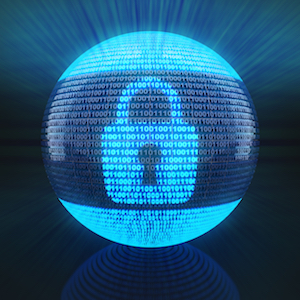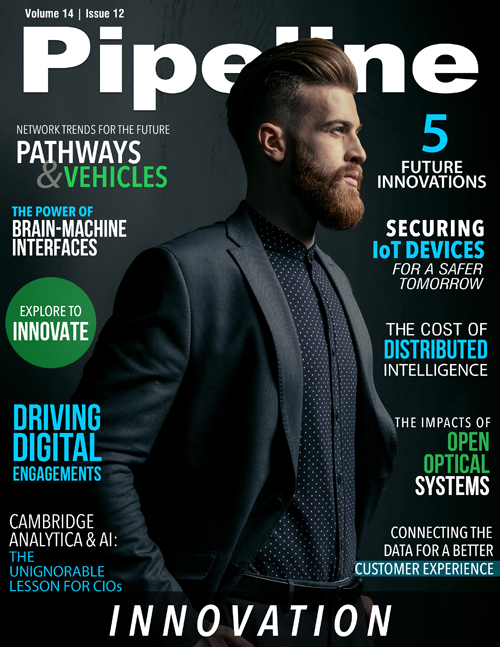Securing IoT Devices for a Safer Tomorrow
By: Yotam Gutman

IoT is rapidly gaining traction and being globally adopted, but alongside the novel opportunities come new risks to privacy, security and safety.
An Introduction to IoT
The Internet of Things is nothing less than a revolution, disrupting businesses and changing the way we engage with our surroundings. The ability to connect everyday devices to the cloud, receive information, analyze data, gain insights and perform actions will enhance our personal comfort and convenience, create new business opportunities and reduce waste and pollution.
IoT devices can be roughly divided into three categories: sensors, connectors and smart devices. Sensors are simple, cheap devices, aimed at collecting data from the environment (for example, the lighting sensors on a street pole). They utilize short range communication protocols and are usually aggregated to a local “mesh” network with a central gateway that connects them to the cloud. These sensors allow the transformation of still objects, such as poles, highways and bridges, into “smart” objects. Connectors are simple network devices aimed at connecting not-so-smart appliances to the web. For instance, a connector could turn a regular kettle into a smart one, allowing the owner to remotely control it. Smart devices, like security cameras, routers or Amazon’s Alexa, are more complex. These Linux or Android-based devices have some computation power and an IP address and are quickly gaining popularity in the commercial and consumer space.
IoT Adoption
The pace of change is astounding: 127 new devices are connected to the Internet every second according to McKinsey, and Gartner predicts that over 20.4 billion devices will be in use by 2020. This usage volume encompasses both the consumer space and the commercial space— and each vertical has its own differentiating characteristics.Consumer IoT devices are proliferating in homes and offices with the promise of convenience and efficiency. Smart TVs, digital set-top boxes, smart speakers and personal helpers lead this charge, followed by smart fridges, security cameras and intrusion detection systems. According to recent surveys, 90 percent of U.S. consumers own a smart home device. Furthermore, over 30 percent who do not have a connected home device plan to purchase one within the year. The drivers for this rapid adoption are the will to facilitate life and simplify domestic tasks, along with the desire to appear innovative (74 percent of respondents think connected home devices are the wave of the future).
For the commercial sector, the motivations for adopting IoT are different. This sector is comprised of multiple verticals, each with its own requirements. The main drivers for adoption in the commercial sector are cost savings, increased efficiency and improved data collection and analysis. As with the consumer sector, there are clear leaders in adoption: smart electric meters and commercial security cameras are pushing ahead, followed by industrial and transportation solutions.
Additional sectors will eventually embrace IoT. Agriculture, mining and energy are testbeds for IoT technologies but, given the traditionalist leanings within these industries, we can assume that adoption will be slower.
Of the many reasons cited for this slow adoption, the two that stand out are privacy and security risks (although they seem to be more relevant to the commercial than the consumer sector). This is not surprising; the same pushback can be seen throughout history whenever new technologies appear. But since large-scale cyberattacks utilizing IoT devices and very public privacy glitches (like those involving smart toys) are a factor, decision makers cannot be blamed for taking a more cautious approach and trying to gain a better understanding of the threat landscape before jumping on the IoT wagon.



















